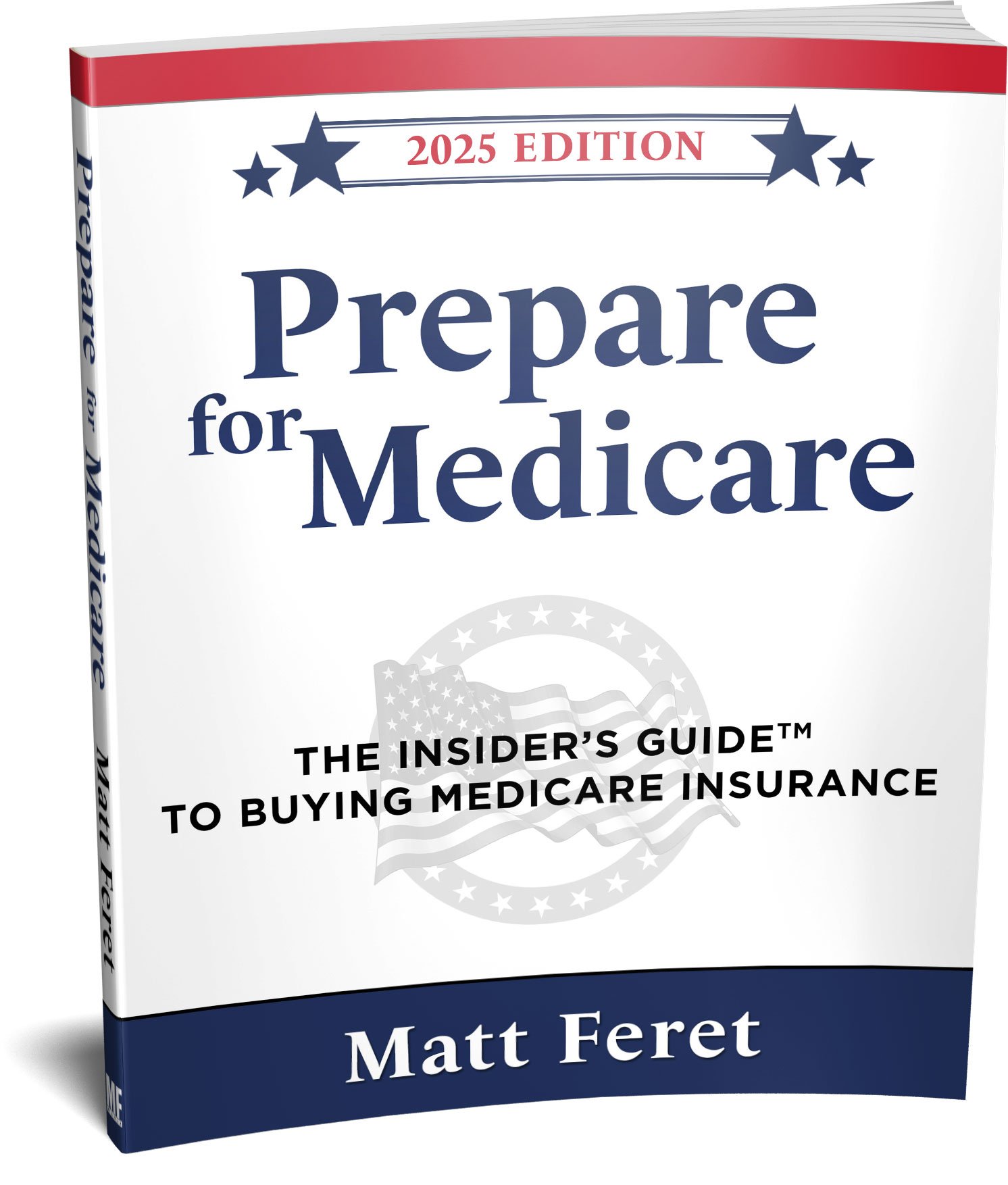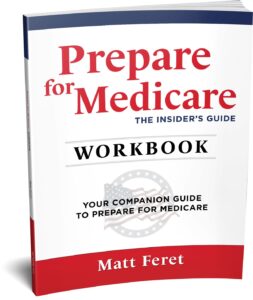Hi Matt!
I’m looking at different Medicare packages, and I see a Star rating system. Still, I don’t quite understand how the Medicare Star rating system works. Can you please shed some light on this subject?
Thanks,
Donald Z.
Donald,
These days, it’s hard to avoid seeing ratings everywhere you look. Consumer Reports has a star rating system. So do Google, JD Power, Morningstar, Yelp, and thousands of other industries and companies. We’ve all been pre-conditioned to buy almost everything on a five-star rating system. Five means good, and one means terrible. Five is reserved for “awesome,” and one is reserved for “stay away.”
Let’s say you’re buying a Bluetooth speaker on Amazon. You’d log into Amazon, type “Bluetooth speaker” in the search bar, and presto! Up pops hundreds of Bluetooth speakers. How on earth can you sort through all those Bluetooth speakers to find the best one? Odds are, you first look at the price. Once you’ve narrowed your choices down that way, you’re going to naturally go and look at how many stars it has.
After all, the star rating on any Amazon product is left by Amazon customers like you. They previously purchased the product and thought enough of it to return to Amazon and rate it. If it’s got four-and-a-half or higher stars, it makes you feel confident, right? It makes you feel like you’d be making a good purchase.
What if it’s rated three-and-a-half stars? What if it’s rated only three stars? Hmmm, you might pause a little bit and read user comments to see why it wasn’t rated as high as four or five, right? Well, there’s a five-star rating system for Medicare, too. The federal government attempts to tap into this idea to which we’ve all grown accustomed: a five-star rating system concept. This star rating system only applies to Medicare Advantage and Medicare Part D Prescription Drug Plans—Medicare Supplement plans are excluded.
What is the Medicare Star Rating System?
The Medicare Star rating system is numbered from one to five, with five being the best and one being the lowest in terms of quality of service:
- Five Stars—Excellent
- Four Stars—Above Average
- Three Stars—Average
- Two Stars—Below Average
- One Star—Poor
To determine these ratings, Medicare Advantage plans are rated in five different categories:
- Staying healthy: screenings, tests, and vaccines
- Managing chronic (long-term) conditions
- Plan responsiveness and care
- Member complaints, problems getting services, and choosing to leave the plan
- Health plan customer service
Medicare Part D Prescription Drug Plans are rated into four different categories:
- Drug plan customer service
- Member complaints, problems getting services, and choosing to leave the plan
- Member experience with the drug plan
- Drug pricing and patient safety
Five-Star Medicare Advantage Plans
Typically, highly integrated, strictly “staff model” HMO plans make up the majority of four-and-a-half or five-star plans. In other words, Medicare Advantage PPO and HMO models that offer more freedom of doctor choice, allow out-of-network access, and do not require referrals for you to see specific doctors tend not to score four-and-a-half or five stars. These four-and-a-half or five-star HMOs usually have small networks aligned with a particular hospital or provider system. This is primarily because these companies can control their customer experiences from when they step inside their doctor’s office to when they’re discharged from the hospital. From start to finish, these Medicare insurance companies integrate the customer experience within the doctor’s offices, hospitals, and other network providers to strengthen clinical outcomes.
This approach usually leads to very high satisfaction scores from customers. A few things happen if a Medicare insurance company achieves a five-star rating from Medicare. One, the Medicare insurance company gets additional monetary bonuses from Medicare. They get to keep some of the money. Still, most use the money to provide better insurance benefits or lower premiums for the plan. Second, five-star plans get a Special Enrollment Period (SEP) and can enroll Medicare consumers outside the normal AEP and OEP windows. (This can only be used once between December 8 and November 30.) Every year, only a handful of plans earn a five star rating. You might think that would likely include only the big, brand-name companies, but you’d be wrong. The list includes smaller, state-based, or regional Medicare insurance companies, too.. You can head over to PrepareforMedicare.com/links for the most recent list of five-star plans.
This shows that just because a company offers a smaller plan and doesn’t spend a hundred million dollars in marketing every year, they can still put out a high-quality Medicare insurance product alongside the larger national Medicare insurance companies!
“Too New to Rate” Medicare Plans
Sometimes, when you look at the star ratings, you’ll run across Medicare Advantage plans, and Medicare Part D Prescription Drug Plans that won’t have a star rating; it’ll say, “Too New to Rate.”
Why would a product be rated Too New to Rate? Because it’s either being offered for the first time or is under a year old. Thus, Medicare doesn’t have enough data to measure the plan. It doesn’t mean the Medicare insurance company who created the plan is necessarily new; it just means that particular plan is new. “Too New to Rate” usually gets a default star rating of three-and-a-half from Medicare. Still, you won’t typically see that on Medicare.gov or the Medicare insurance company websites. That’s just the default ranking those plans get behind the scenes for the first year.
I hope this helps!
Yours,
Matt Feret
Subscribe Today to My Prepare for Medicare Newsletter and Stay Up-to-Date on Medicare Changes!
My newsletter is an exclusive subscription-only newsletter that delivers the inside scoop to help you stay updated with your Social Security and Medicare insurance coverage, highlight Medicare and Social Security news you can use, and provide reminders for important dates throughout the year. Subscribe today for FREE!
Author Bio Matt Feret is the author of the Prepare for Social Security -The Insider’s Guide and the Prepare for Medicare – The Insider’s Guide book series and launched PrepareforSocialSecurity.com to help people get objective answers to questions about Social Security and Medicare. Matt is also the host of The Matt Feret Show. He has held leadership roles at numerous Fortune 500 Medicare health insurers in sales, marketing, operations, product development, and strategy for over two decades.






